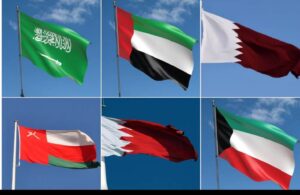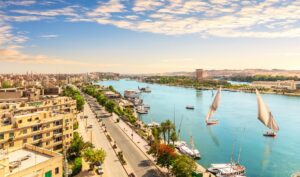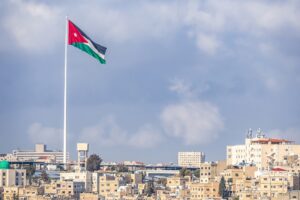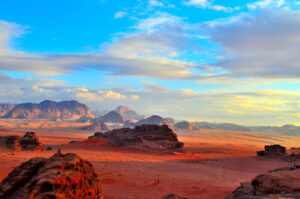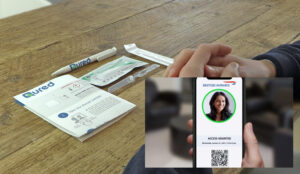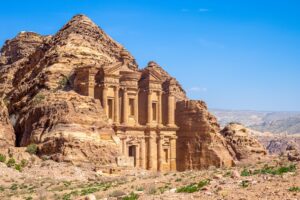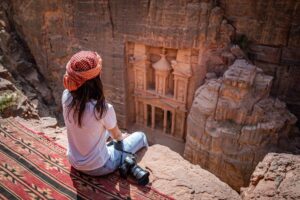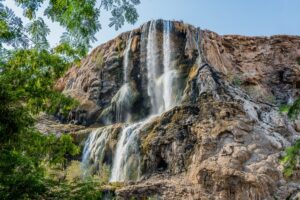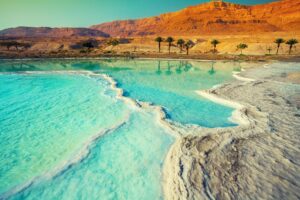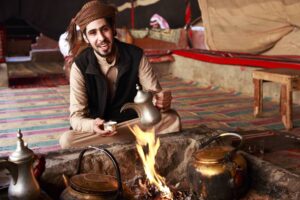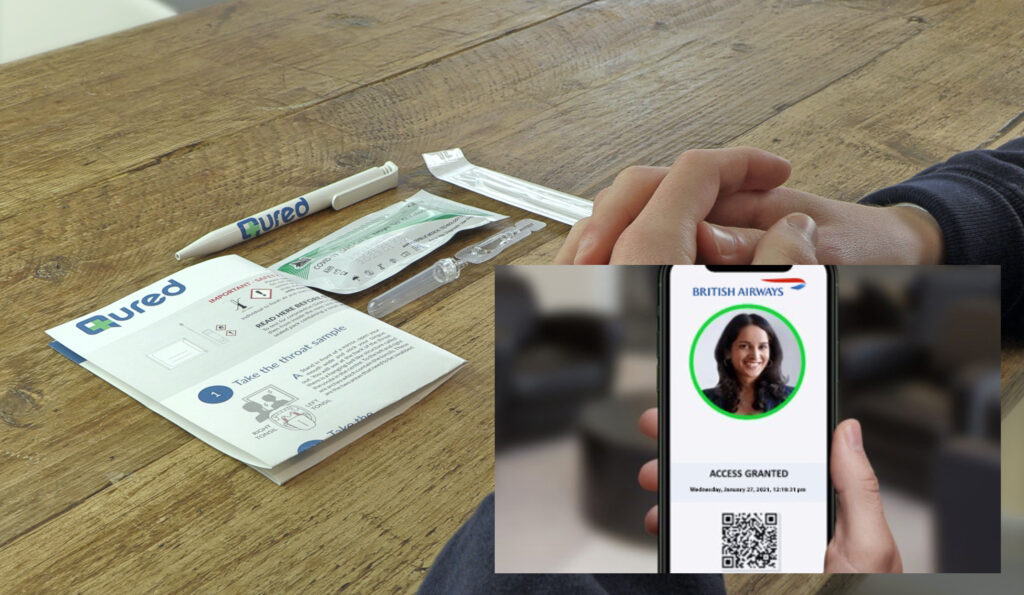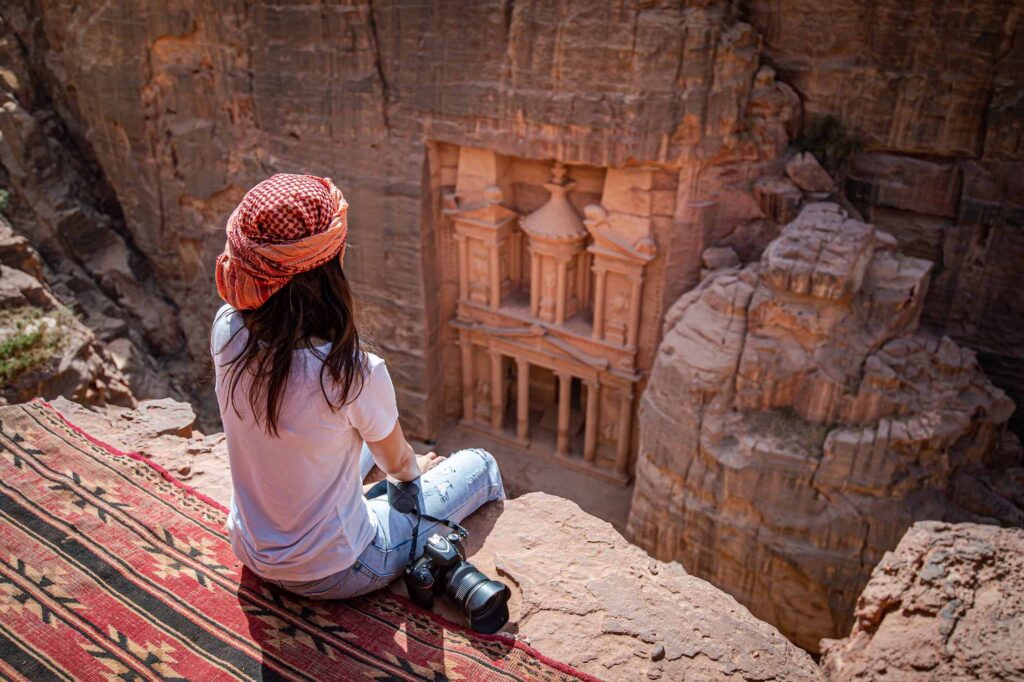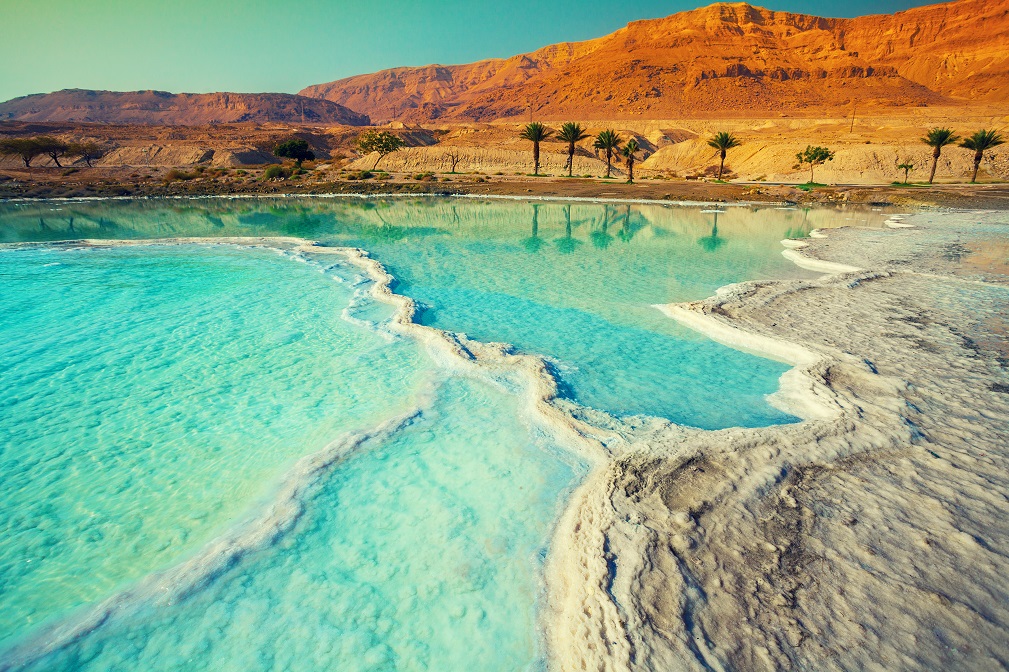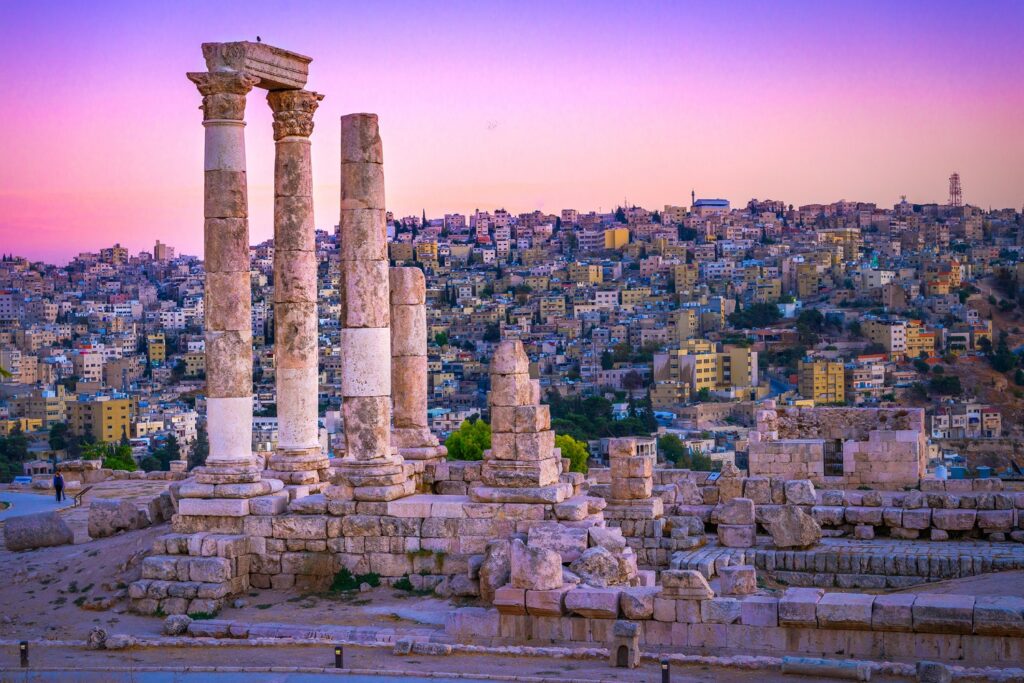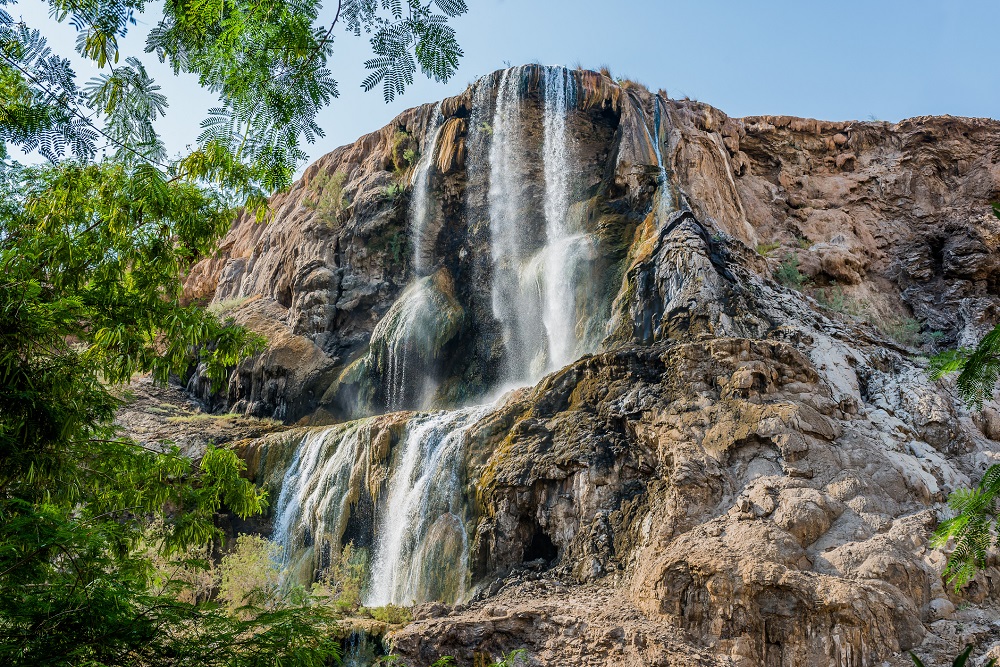Jordan
Travel to Jordan, a treasure trove of World heritage sites, friendly towns and dramatic desert landscapes.There is an abundance of tourist places in Jordan. Begin your journey with the “lost” city of Petra, replete with undulating desert mountain landscapes. Camp in Wadi Rum, the fabled muse of Lawrence of Arabia, and spend a mesmerizing night under the stars. Stroll through the contemporary glass-and-steel high-rise streets of Amman, the capital of Jordan.
If bird-watching is your thing, make a trip to the Dana Reserve, the wetlands of Azraq and Petra, which are home to more than 412 species of birds.
When other pursuits wear you down, take a restorative dip into the Dead Sea or a scuba dive into the Red Sea.
One of the most diverse countries in the world, Jordan appeals to your senses with its remarkable heritage, layered with antiquity, the origins of faith, and the remnants of centuries-old civilizations.
Travel to Jordan and experience its welcoming culture, which is carved into the fabric of this timeless land and stamped into the soul of its people.
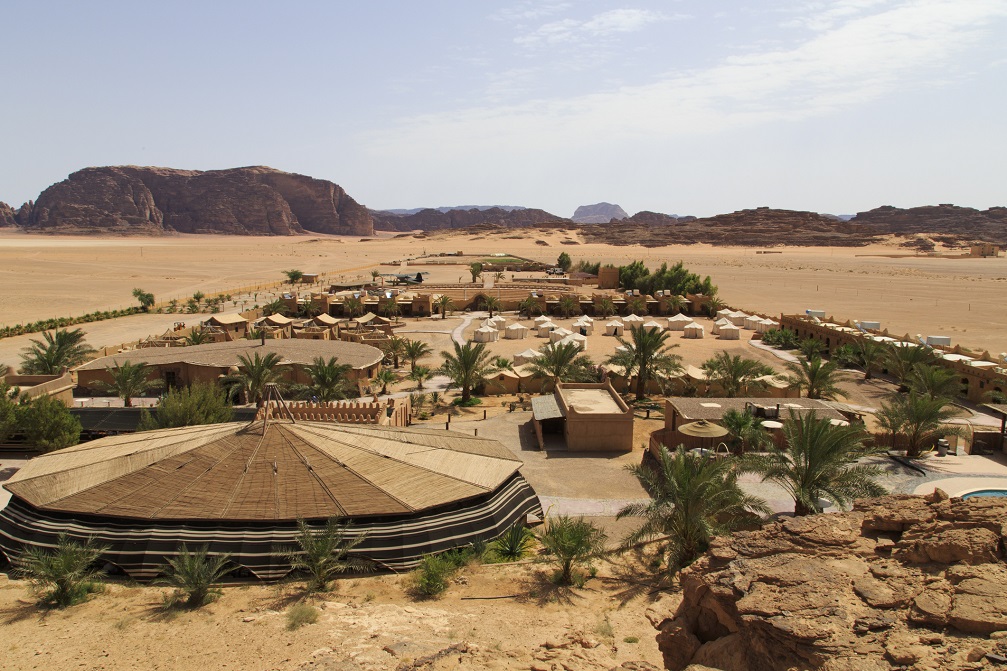
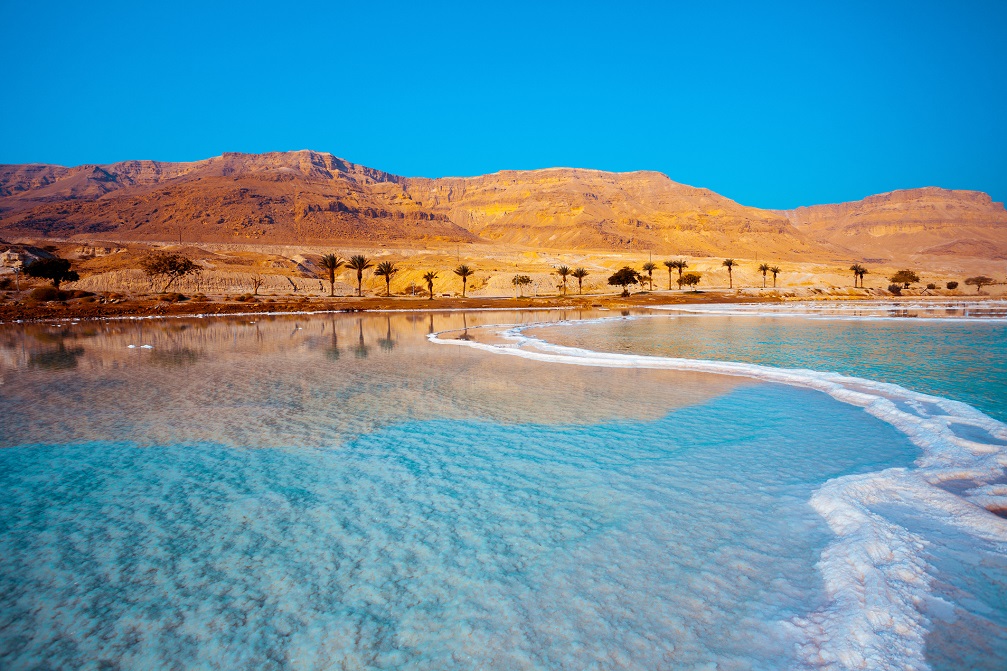


A small landlocked country, Jordan is located at the junction of the Levantine and Arabian areas of the Middle East. It is bound on the north by Syria, to the east by Iraq, and on the east and south by Saudi Arabia. Israel is to the west, while the Gulf of Aqaba, its only outlet to the sea, is to the south.
Spread across an area of approximately 89,342 km², its terrain is a primarily desert plateau in the
east and highland area in the west.
The Great Rift Valley separates the East and West Banks of the Jordan River. Its low point is the Dead Sea at 408 meters while its high point is the Jabal Umm ad Dami at 1,854 meters.
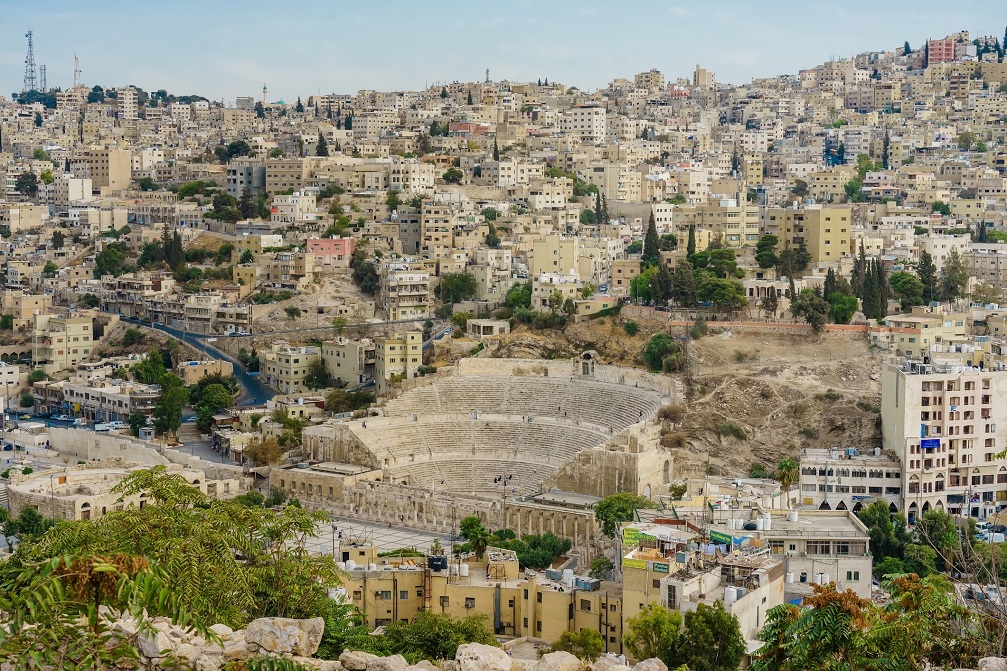


Jordan has long, hot, dry summers and short, cool winters. January is its coldest month, with
temperatures ranging from 5°C to 10°C, and August is its hottest month at 20°C to 35°C.
Summer temperatures can soar to 40°C, especially when a hot, dry, southerly wind called
“Shirocco” blows. This wind is strong and may cause sandstorms.
It rains between November and March, while June through August is fairly dry.
Visit Jordan at any time of the year, but March until early June are good times to visit. The days aren’t too hot, and the nights aren’t chilly. September to mid-November is also a good period to
travel to Jordan. You’ll escape the hot summer, and experience cooler evenings. November through April are the chillier months, with rainfall.
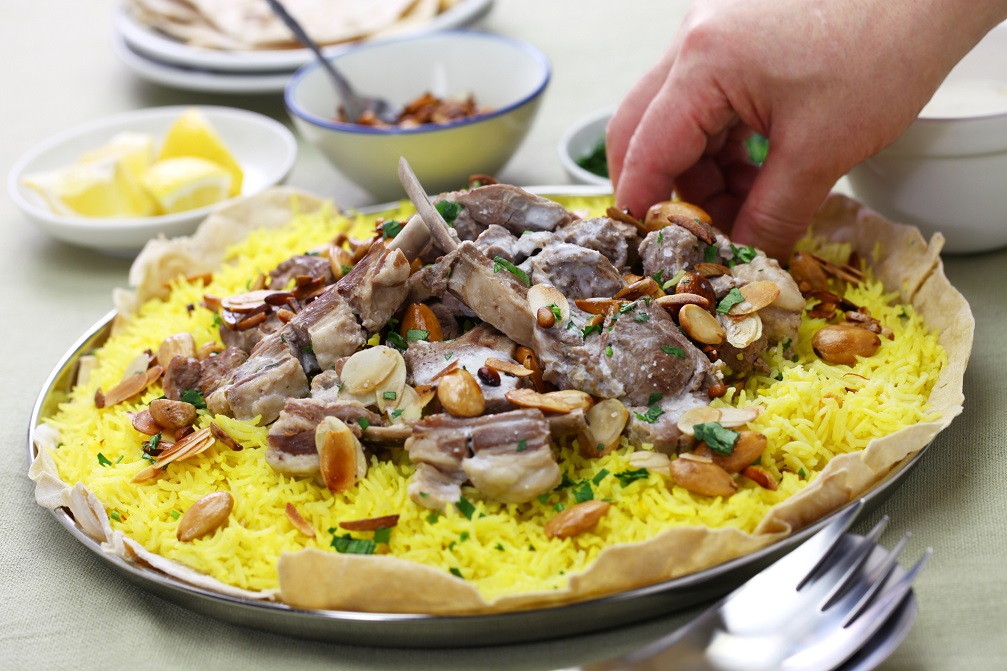


Jordanian food is a potpourri of flavours inspired by its cultural links with the Middle East, Europe and Asia.
Meals begin with mezze plates that are commonly served prior to main dishes. They are usually a combination of savouries such as hummus, falafel, kubbeh nayyeh, taboulleh, fattoush and kebabs. The main courses generally comprise chicken, lamb or mutton dishes like mansaf, musakhan, magloobeh and kofta.
It is rare to find good fish and consuming pork is frowned upon by Islam.
Jordan’s signature dish is the Mansaf. It consists of a lamb stew with jameed, a pungent yoghurt, served over a bed of rice and sprayed with pine nuts.
For a traditional Jordanian breakfast, tuck into a bowl of hot full – boiled fave beans blended with
lemon juice, diced chilis and olive oil. Mop it up with some freshly baked pita.
Craving a snack? Falafel is the street staple, but you’ll also find shwarma stands all across the
country.
For those with a sweet tooth, Arabian sweets are an explosion of sugar, syrup, butter and honey.
While tea is Jordan’s national drink, strong Turkish coffee is quite popular and you’ll probably find yourself sipping it more frequently.
Jordan’s diverse food culture can be attributed to the influx and blending of different cultures over the centuries.
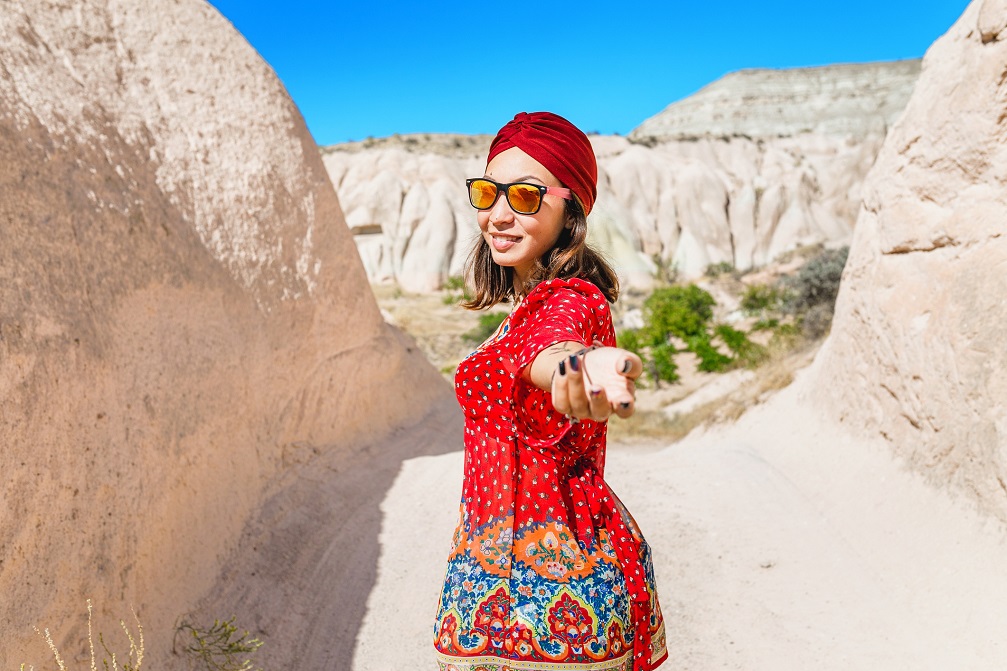


Since Jordan is predominantly a Muslim country, dressing conservatively is a mark of cultural
respect. Avoid exposure of shoulders, knees, midriffs or cleavage. Dress particularly modestly
when you visit religious sites or you run the risk of being denied entry.
Wearing light, loose and long clothing is an ideal way to keep cool and protect yourself against the sun. Carry a sun hat and scarf, if you are spending the day outdoors.
It isn’t necessary to cover your hair, except at places of worship. But, it is considered polite for
female visitors to tie their hair back. Also, never go out with wet hair. It will get you plenty of
unwanted attention.
For footwear, you can carry trainers, hiking boots, flip flops and sandals.
For women, shorts and skirts are a strict no-no. T-shirts, kaftans, jackets, jeans, and trousers are acceptable clothing for women. For men, knee-length shorts and t-shirts may be worn across Jordan.
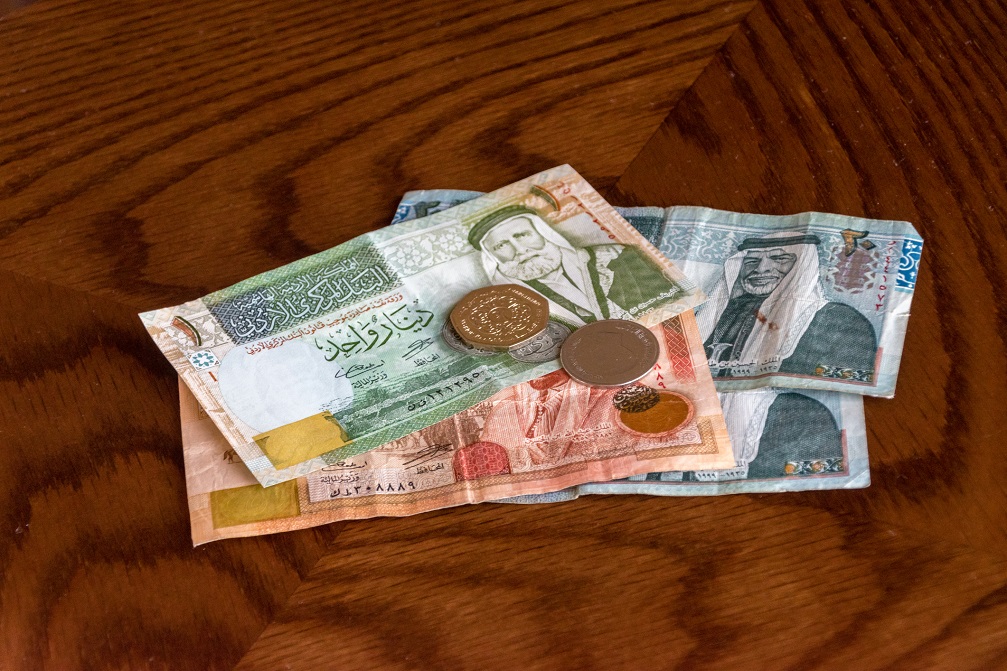


Jordanian Dinar or “JD” is the local currency of Jordan. It is divided into one hundred piasters or
one thousand fils. Check OANDA for the current exchange rates.
At the time of writing this, one Pound Sterling was equal to one Jordanian Dinar.
Major currencies like US Dollars, Euro and Pound Sterling are exchangeable in Jordan. Banks in main towns have ATMs, and exchange facilities can be availed of at several exchange houses. Preferably, request smaller denomination bank notes, as it could be difficult to secure change for large notes.
We don’t recommend Traveller’s Cheques as they pose exchange difficulties and incur high fees.
Carry enough cash because you won’t find ATMs in remote tourist places in Jordan like Wadi Rum and the Dead Sea.
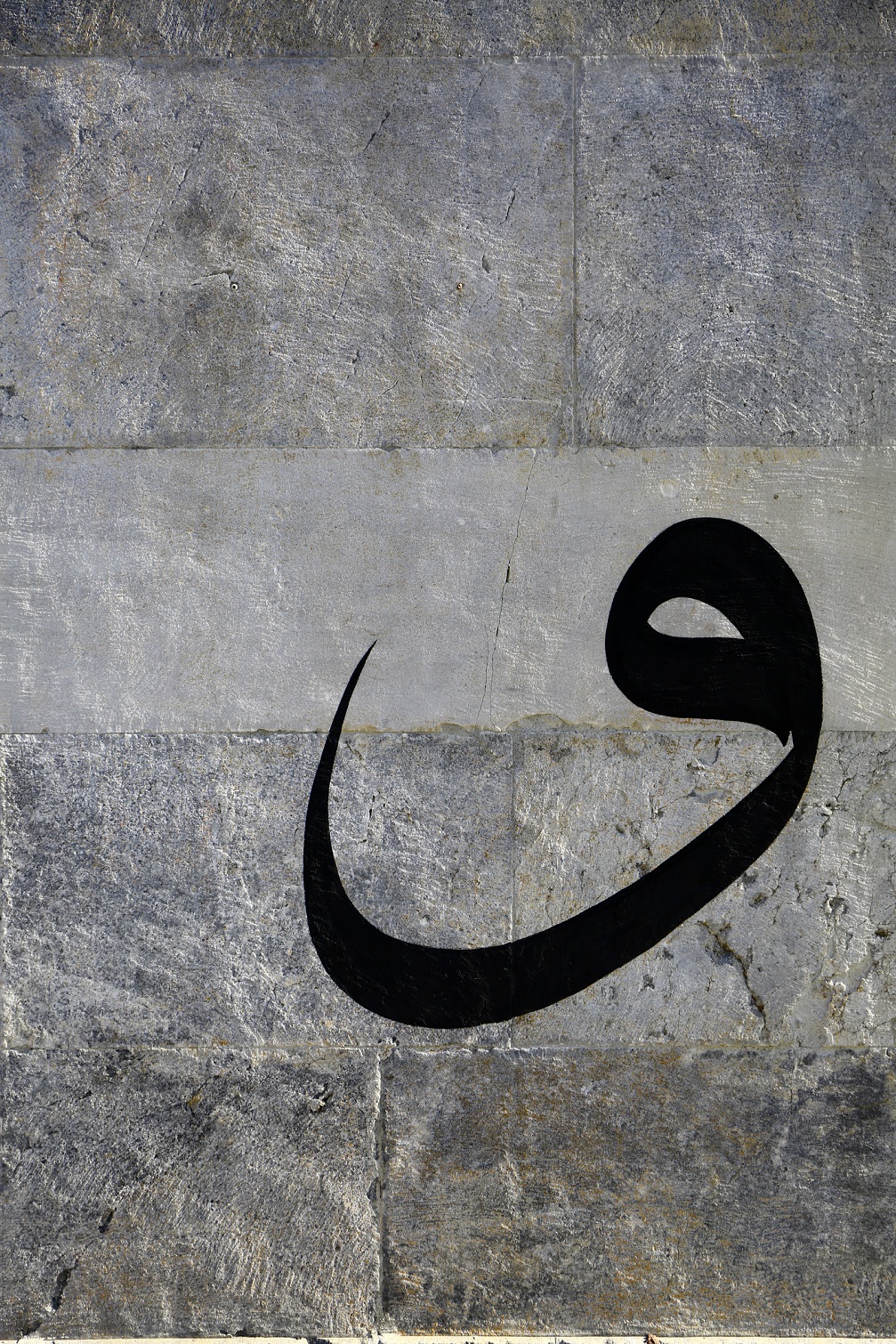


Jordan’s official language is Arabic. It is spoken by all citizens of the country, including minorities. Rural, urban, and Bedouin Jordanian dialects of Arabic are spoken here.
Since Jordan is an old British colony, English is also commonly spoken. A substantial number of
radio programs and television shows are telecast in English.
As there are several ethnic communities living in Jordan as minorities, other foreign languages like German and French are also used.
Moreover, some elderly people in Jordan, who were educated in the erstwhile USSR, speak
Russian as well. Tagalog language is used by foreign workers who originated from Philippines.
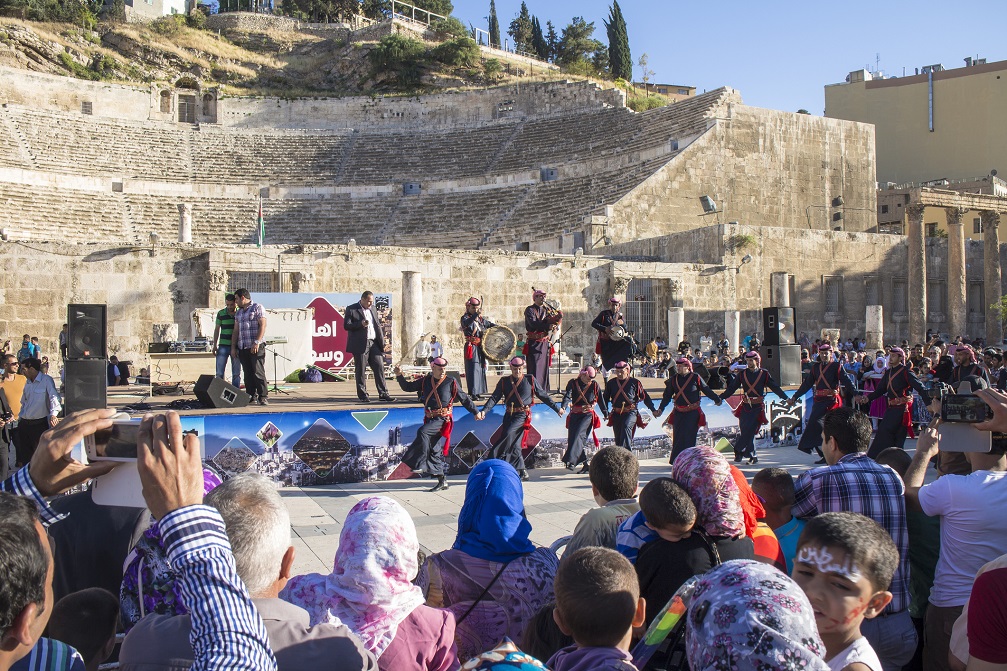


Jordanians are typically warm and hospitable and are quite forgiving with foreigners who innocently breach etiquette rules. Visitors who respect local customs are undoubtedly treated more favourably.
Jordanians highly value their families and extended families live in multi-level homes.
Jordanians place a strong emphasis on religion and major holidays. Eid-ul-Fitr and other Muslim
occasions are celebrated widely. The quintessential day of rest is Friday, while the work week
starts on a Sunday.
While visiting tourist places in Jordan, interacting with the locals is a great way to get familiarized with Jordanian culture. Join them for a cup of tea or coffee, if you can. If you are invited, and can’t make it, it is perfectly acceptable to decline politely.
Jordanians are most definitely at their hospitable best when hosting you at their home. Savouring a meal at a local home is a memorable and authentic Jordanian experience.
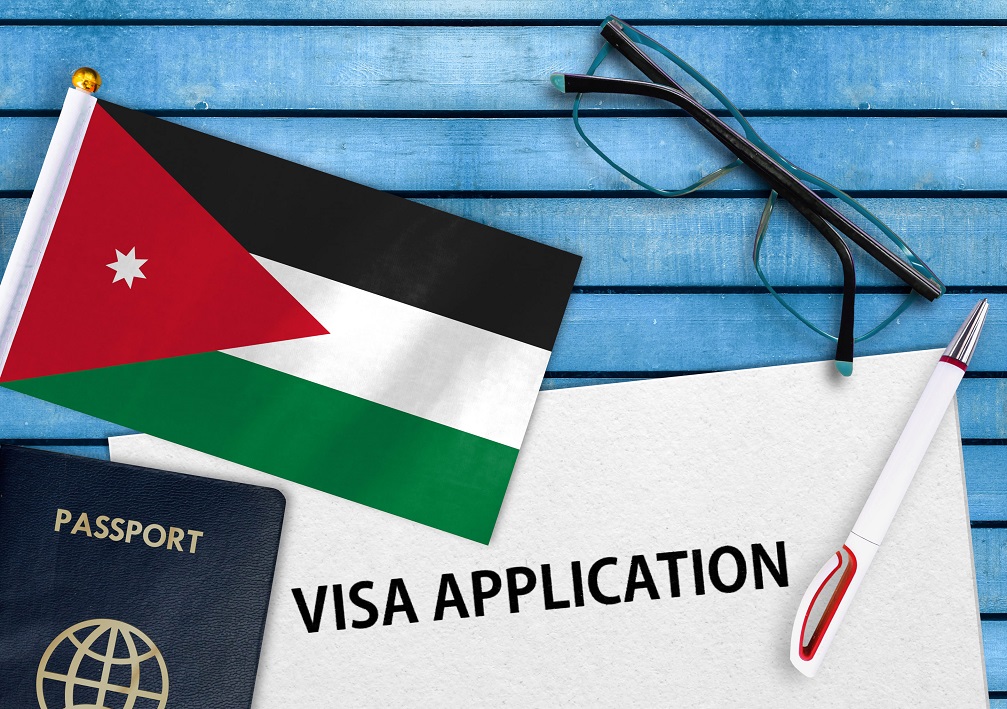


Citizens of the UK can be issued a Jordan tourist visa on arrival, for a stay up to 30 days.
Check the current validity of your passport. Your passport must have at least a 90 days validity,
following your date of departure from Jordan. Also, ensure that your passport contains adequate
blank Visa pages, to allow for any necessary arrival and departure stamps.
Your visa section of the passport should have at least two blank pages before you travel to Jordan.
If you have booked a connecting flight, that passes through another country, confirm with your
airline if you need a transit visa. In that case, refer to the visa requirements of that specific country.
If diversity accompanied by a generous dose of history and culture, appeals to you, Jordan deserves a spot on your travel bucket list.
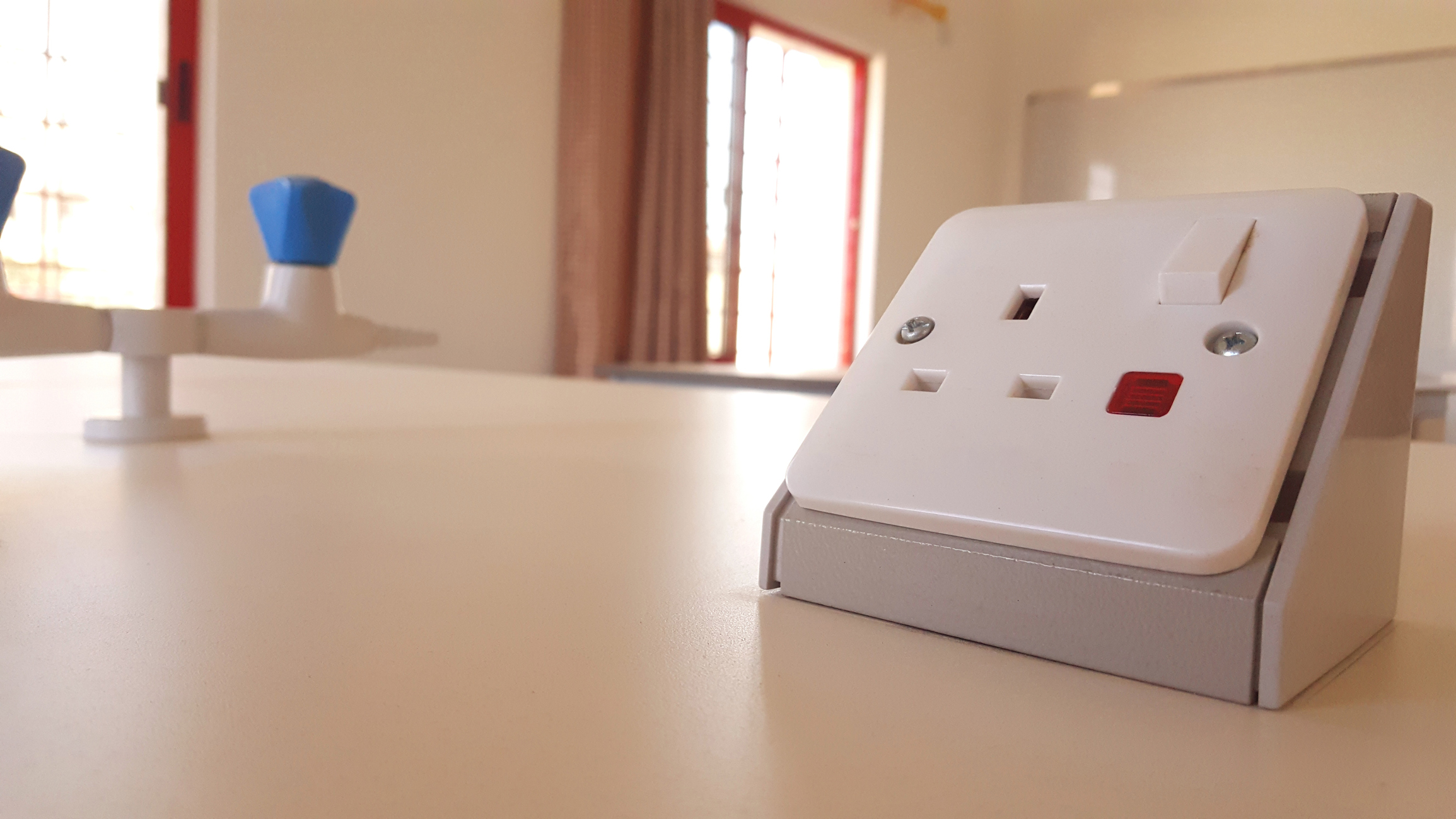


The plugs in Jordan are of types
C, D, F, G, and J. The standard frequency here is 50 Hz and the
standard voltage is 230 V.
It is advisable to carry a universal adapter, with surge protection. While using hair dryers and other hot tools, we recommend using a converter.
To be doubly sure, check the label on the appliance. Some appliances don’t necessarily need a
converter. If the label says ‘INPUT: 100-240V, 50/60 Hz’, it can be safely used in all the countries. This is generally for chargers of tablets, cameras, laptops, cell phones, and toothbrushes.
There is an abundance of tourist places in Jordan. Begin your journey with the “lost” city of Petra, replete with undulating desert mountain landscapes. Camp in Wadi Rum, the fabled muse of Lawrence of Arabia, and spend a mesmerizing night under the stars. Stroll through the contemporary glass-and-steel high-rise streets of Amman, the capital of Jordan.
If bird-watching is your thing, make a trip to the Dana Reserve, the wetlands of Azraq and Petra, which are home to more than 412 species of birds.
When other pursuits wear you down, take a restorative dip into the Dead Sea or a scuba dive into the Red Sea.
One of the most diverse countries in the world, Jordan appeals to your senses with its remarkable heritage, layered with antiquity, the origins of faith, and the remnants of centuries-old civilizations.
Travel to Jordan and experience its welcoming culture, which is carved into the fabric of this timeless land and stamped into the soul of its people.






A small landlocked country, Jordan is located at the junction of the Levantine and Arabian areas of the Middle East. It is bound on the north by Syria, to the east by Iraq, and on the east and south by Saudi Arabia. Israel is to the west, while the Gulf of Aqaba, its only outlet to the sea, is to the south.
Spread across an area of approximately 89,342 km², its terrain is a primarily desert plateau in the
east and highland area in the west.
The Great Rift Valley separates the East and West Banks of the Jordan River. Its low point is the Dead Sea at 408 meters while its high point is the Jabal Umm ad Dami at 1,854 meters.



Jordan has long, hot, dry summers and short, cool winters. January is its coldest month, with
temperatures ranging from 5°C to 10°C, and August is its hottest month at 20°C to 35°C.
Summer temperatures can soar to 40°C, especially when a hot, dry, southerly wind called
“Shirocco” blows. This wind is strong and may cause sandstorms.
It rains between November and March, while June through August is fairly dry.
Visit Jordan at any time of the year, but March until early June are good times to visit. The days aren’t too hot, and the nights aren’t chilly. September to mid-November is also a good period to
travel to Jordan. You’ll escape the hot summer, and experience cooler evenings. November through April are the chillier months, with rainfall.



Jordanian food is a potpourri of flavours inspired by its cultural links with the Middle East, Europe and Asia.
Meals begin with mezze plates that are commonly served prior to main dishes. They are usually a combination of savouries such as hummus, falafel, kubbeh nayyeh, taboulleh, fattoush and kebabs. The main courses generally comprise chicken, lamb or mutton dishes like mansaf, musakhan, magloobeh and kofta.
It is rare to find good fish and consuming pork is frowned upon by Islam.
Jordan’s signature dish is the Mansaf. It consists of a lamb stew with jameed, a pungent yoghurt, served over a bed of rice and sprayed with pine nuts.
For a traditional Jordanian breakfast, tuck into a bowl of hot full – boiled fave beans blended with
lemon juice, diced chilis and olive oil. Mop it up with some freshly baked pita.
Craving a snack? Falafel is the street staple, but you’ll also find shwarma stands all across the
country.
For those with a sweet tooth, Arabian sweets are an explosion of sugar, syrup, butter and honey.
While tea is Jordan’s national drink, strong Turkish coffee is quite popular and you’ll probably find yourself sipping it more frequently.
Jordan’s diverse food culture can be attributed to the influx and blending of different cultures over the centuries.



Since Jordan is predominantly a Muslim country, dressing conservatively is a mark of cultural
respect. Avoid exposure of shoulders, knees, midriffs or cleavage. Dress particularly modestly
when you visit religious sites or you run the risk of being denied entry.
Wearing light, loose and long clothing is an ideal way to keep cool and protect yourself against the sun. Carry a sun hat and scarf, if you are spending the day outdoors.
It isn’t necessary to cover your hair, except at places of worship. But, it is considered polite for
female visitors to tie their hair back. Also, never go out with wet hair. It will get you plenty of
unwanted attention.
For footwear, you can carry trainers, hiking boots, flip flops and sandals.
For women, shorts and skirts are a strict no-no. T-shirts, kaftans, jackets, jeans, and trousers are acceptable clothing for women. For men, knee-length shorts and t-shirts may be worn across Jordan.



Jordanian Dinar or “JD” is the local currency of Jordan. It is divided into one hundred piasters or
one thousand fils. Check OANDA for the current exchange rates.
At the time of writing this, one Pound Sterling was equal to one Jordanian Dinar.
Major currencies like US Dollars, Euro and Pound Sterling are exchangeable in Jordan. Banks in main towns have ATMs, and exchange facilities can be availed of at several exchange houses. Preferably, request smaller denomination bank notes, as it could be difficult to secure change for large notes.
We don’t recommend Traveller’s Cheques as they pose exchange difficulties and incur high fees.
Carry enough cash because you won’t find ATMs in remote tourist places in Jordan like Wadi Rum and the Dead Sea.



Jordan’s official language is Arabic. It is spoken by all citizens of the country, including minorities. Rural, urban, and Bedouin Jordanian dialects of Arabic are spoken here.
Since Jordan is an old British colony, English is also commonly spoken. A substantial number of
radio programs and television shows are telecast in English.
As there are several ethnic communities living in Jordan as minorities, other foreign languages like German and French are also used.
Moreover, some elderly people in Jordan, who were educated in the erstwhile USSR, speak
Russian as well. Tagalog language is used by foreign workers who originated from Philippines.



Jordanians are typically warm and hospitable and are quite forgiving with foreigners who innocently breach etiquette rules. Visitors who respect local customs are undoubtedly treated more favourably.
Jordanians highly value their families and extended families live in multi-level homes.
Jordanians place a strong emphasis on religion and major holidays. Eid-ul-Fitr and other Muslim
occasions are celebrated widely. The quintessential day of rest is Friday, while the work week
starts on a Sunday.
While visiting tourist places in Jordan, interacting with the locals is a great way to get familiarized with Jordanian culture. Join them for a cup of tea or coffee, if you can. If you are invited, and can’t make it, it is perfectly acceptable to decline politely.
Jordanians are most definitely at their hospitable best when hosting you at their home. Savouring a meal at a local home is a memorable and authentic Jordanian experience.



Citizens of the UK can be issued a Jordan tourist visa on arrival, for a stay up to 30 days.
Check the current validity of your passport. Your passport must have at least a 90 days validity,
following your date of departure from Jordan. Also, ensure that your passport contains adequate
blank Visa pages, to allow for any necessary arrival and departure stamps.
Your visa section of the passport should have at least two blank pages before you travel to Jordan.
If you have booked a connecting flight, that passes through another country, confirm with your
airline if you need a transit visa. In that case, refer to the visa requirements of that specific country.
If diversity accompanied by a generous dose of history and culture, appeals to you, Jordan deserves a spot on your travel bucket list.



The plugs in Jordan are of types
C, D, F, G, and J. The standard frequency here is 50 Hz and the
standard voltage is 230 V.
It is advisable to carry a universal adapter, with surge protection. While using hair dryers and other hot tools, we recommend using a converter.
To be doubly sure, check the label on the appliance. Some appliances don’t necessarily need a
converter. If the label says ‘INPUT: 100-240V, 50/60 Hz’, it can be safely used in all the countries. This is generally for chargers of tablets, cameras, laptops, cell phones, and toothbrushes.
Travel related news, information and inspirational articles and videos for travellers booking flights or holidays to Jordan. Ask questions about travel in Jordan and get answers from Jordan experts
NEWS
Inspiration, Information and Travel Guides
MEET THE Jordan EXPERTS
If you are looking to book a holiday to Jordan or needs some help and advice planning travel to Jordan then contact one of the UK based independent travel agents that specialise in Jordan itineraries.
FEATURED VIDEOS
Your Travel Questions Answered
Ask any travel related question and get an answer from one of our experts that will provide you with an answer from their personal experience
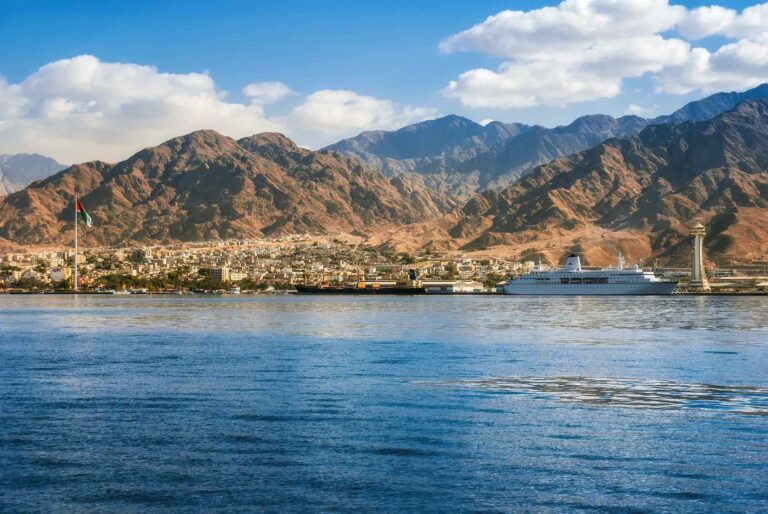

I am planning a trip to Jordan and would like to visit Aqaba. I have looked at flights and can only see a limited number of departures per week. Is it possible to book a ground transfer from Amman to Aqaba? Alternatively, could rent a car I drive myself to Aqaba? Is it safe to drive in Jordan?

